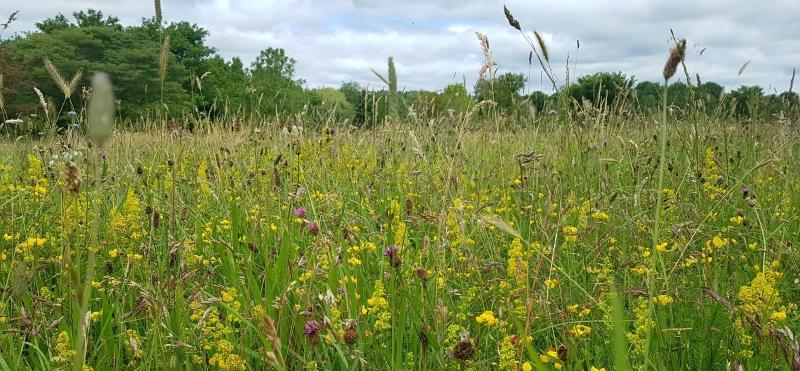
Where to find butterflies in the Forest
The varied habitats found in the Forest attract many butterfly species, but where are the best places to spot them? Volunteer and butterfly lover Ramsay shares where to see the different species in the Forest.
Habitats for butterflies
To understand butterflies, you need to understand the geology of the land and the flora that grows on it. The time of year, the height, flowering, and the combination of the flora all impact on the type of butterfly to be seen.
The Heart of England Forest is made up of a mosaic of habitats and each is inhabited by different butterflies throughout the year.
Grasslands
In the summer months, many butterflies can be found in the chalk and limestone grasslands in Coxmere Wood and Giddings Wood, and in the wildflower meadows in Haydon Way Wood and the Dorsington arboretum.
The areas of short grass cover are embedded with clover, orchids, kidney vetch, greater knapweed, herbs and low-profile flora, whereas the meadows are rich in oxeye daisy, common knapweed, red clover, yellow rattle, grass vetchling, meadow buttercup, ladies bed straw and bird’s-foot-trefoil.
Look out for
Common blue
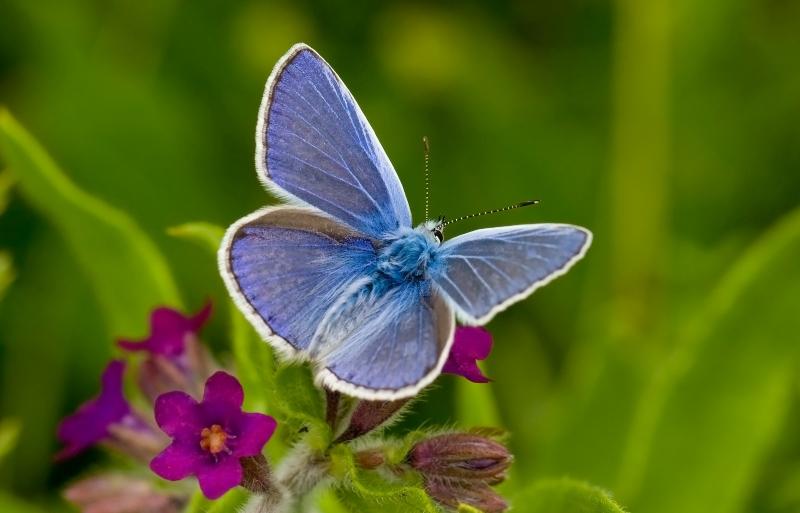
Look out for these vibrant butterflies feasting on their favourite food plant, bird's foot trefoil, in the meadows of the Forest. The females are easily confused with another species of butterfly, the brown argus, which can also be found in areas of meadow. Look out for the blue scales of the common blue that can't be found on the brown argus species.
Brown argus
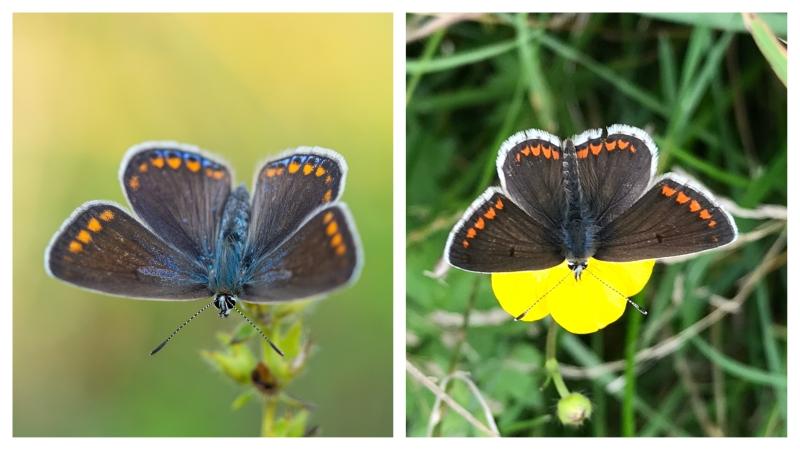
The prominent dark spot in the centre of the forewings sets the brown argus apart from the common blue. Another ID tip is to look at the abdomen; if it is long and thin then the butterfly is male so is a brown argus. This species is also found around the meadows in the Forest.
Meadow brown
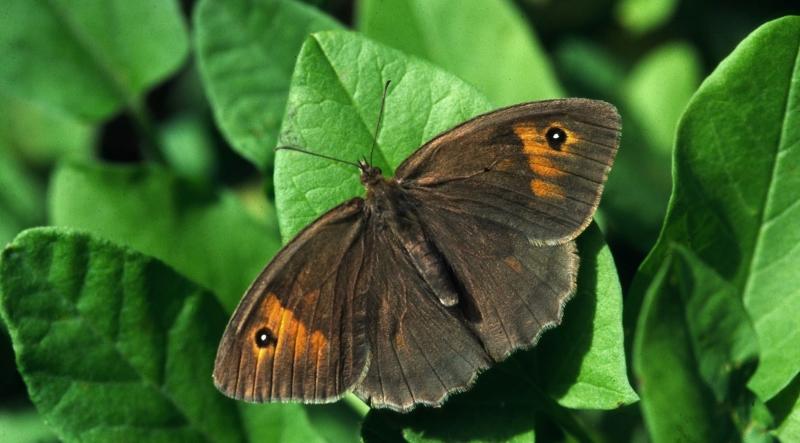
The meadow brown is a grassland specialist and is very common and widespread across the UK. Their colour can vary from a dark almost black to mid brown with large orange patches. Hundreds may be spotted together at some sites flying low over vegetation - adults fly even in dull weather when other species are inactive. In 2018 we counted over 300 in a 200 metre length of path in Alne Wood.
Marbled White
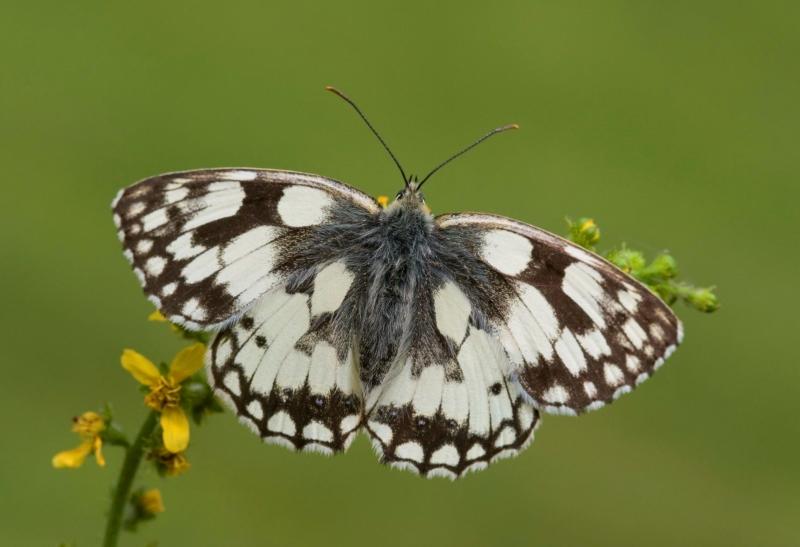
The marbled white is very distinctive from other species thanks to its bold black and white wing pattern. It can be seen flying around areas of flowery grassland from July and has a preference for purple flowers such as thistles and knapweeds. It can be spotted in large numbers around the flowering plants in the Forest.
Other species
Also keep an eye out for the sunbathing butterflies like the peacock, coma, red admiral and small tortoiseshell. These all enjoy the sun and like bramble for feeding and displaying, and can also be found in all of the grasslands in the Forest.
Footpaths and rides
Footpaths, farm tracks with verges and the Forest rides have similar flora which include nettles, bramble, thistles, and knapweed.
Look out for
Brimstone
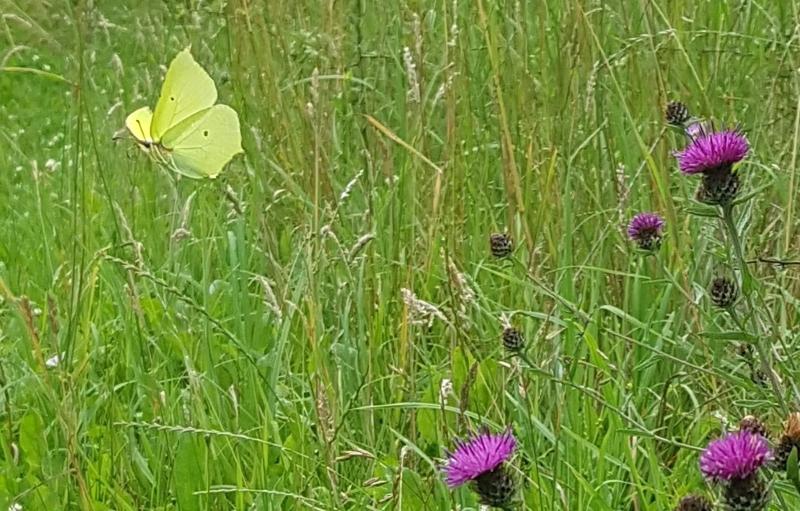
With their distinctive, leaf shaped wings and bright pale-yellow colour, the brimstone is easy to spot in the Forest. It is one of the first species to be seen in the springtime and can be spotted wherever you can find thistles, knapweed and teasel. This one was photographed along the footpath edge in the Dorsington area of the Forest.
Ringlet
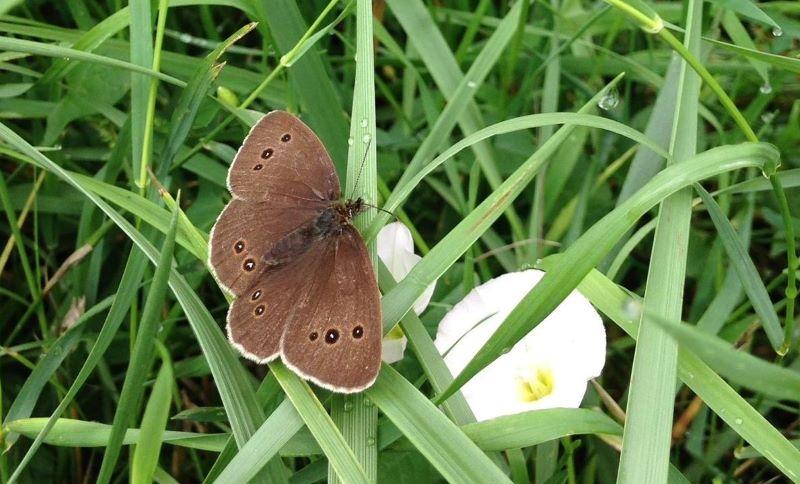
These butterflies enjoy the tall wet grass on woodland rides and can be seen flying even in dull weather conditions. Their dark brown wings have several eyespots which have white centres surrounded by black and yellow rings. This ringlet was spotted on the family trail in the Dorsington area of the Forest.
Hedgerows
Hedgerows provide an array of food and homes for wildlife including butterflies. Hedges and field boundaries, either with or without a set aside strip, are a defined environment. Hawthorn and blackthorn hedges are common in England, but in the Forest you will also find hedgerows containing trees and shrubs including ash, hazel, guelder rose, bramble and understory plants.
Look out for
Brown hairstreak
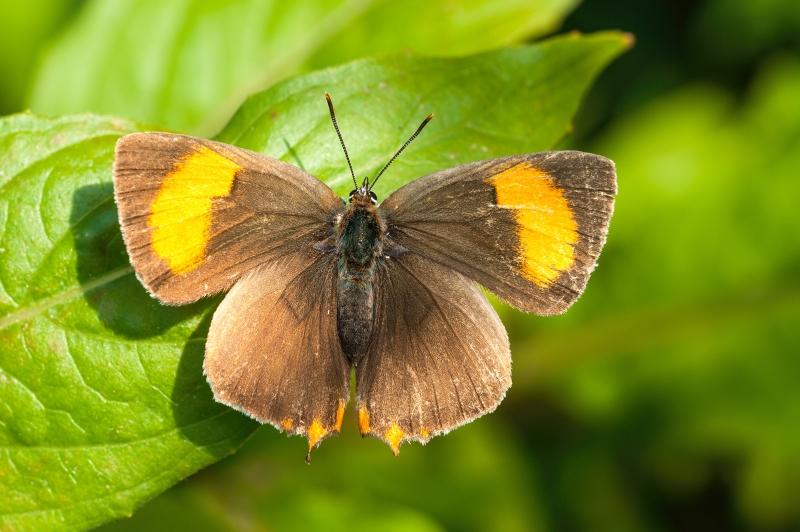
The rare brown hairstreak butterfly only lays its eggs on young blackthorn shoots. They overwinter as an egg, with the adults being spotted in late July and August. They are difficult to see but look high up in the ash trees near to blackthorn hedges and you might be lucky enough to spot one. They can also be seen on wet patches on the ground when they are taking up mineral salts.
Gatekeeper

Also known as the hedge brown, the Gatekeeper can be found on flowers in gateways and along hedgerows when walking in the Forest, with bramble being one of its favourite nectar sources.
Woodlands
Woodlands range from the newly planted to the established and ancient. The understory also changes with the age of the wood, from grasslands with bracken and bramble to the bluebell covered and cleared forest floors of ancient woods.
Look out for
Speckled wood
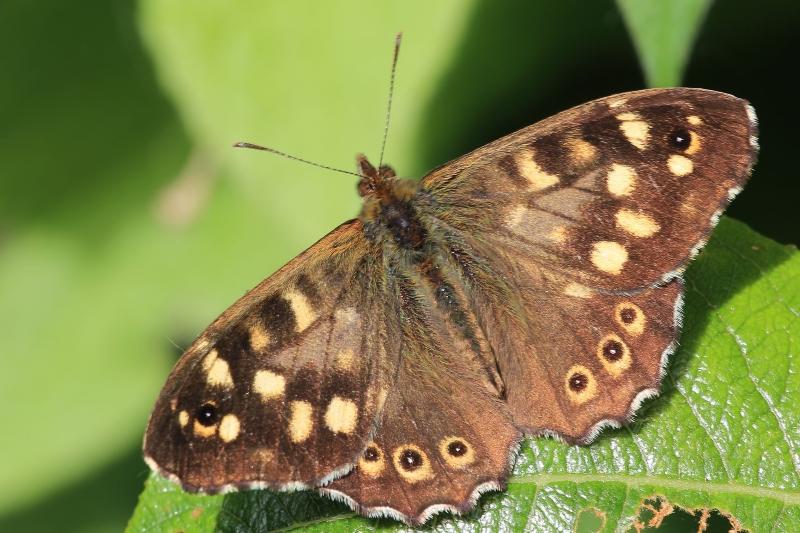
These brown and yellow butterflies stand out in the shafts of sunlight coming through the dappled canopy as they circle in a climbing fighting flight. They are most commonly seen at the edges of the woods or in the woodland rides. Keep a look out at Morgrove Coppice and along the Coughton Park bridleway.
Silver washed fritillary
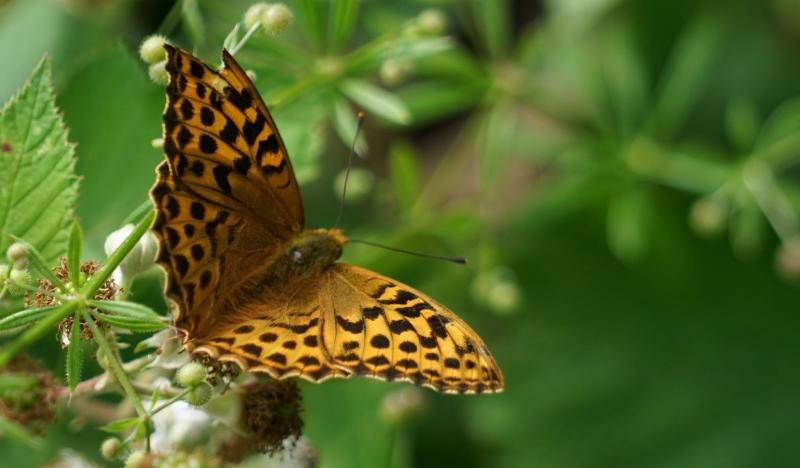
Bramble is the adult food source for the silver washed fritillary, common dog violet for the caterpillars, and rough tree bark is where they lay their eggs, so look out for this species along the Coughton Park bridleway and in Spernal Park. This is the biggest butterfly you can spot in the Forest.
Take part in the Big Butterfly Count
The Big Butterfly Count is a nationwide survey that takes place each year to help assess the health of our environment. You can contribute to conservation science and research by simply counting the amount and types of butterflies you see. Download a spotter’s guide and take part in Butterfly Conservation’s Big Butterfly Count 2021 before 8th August 2021.



